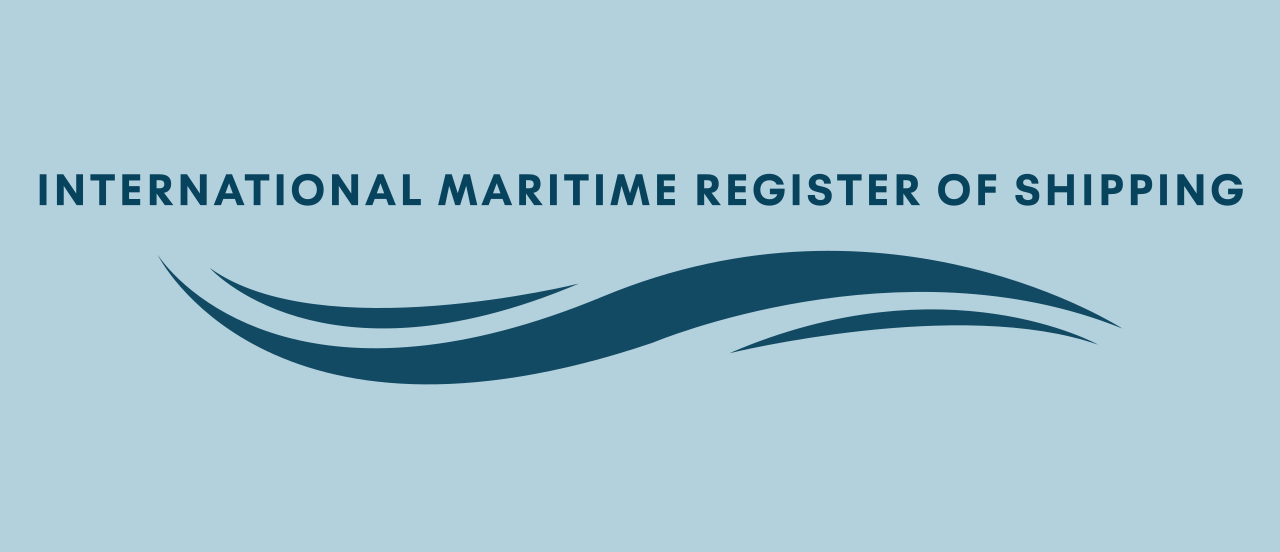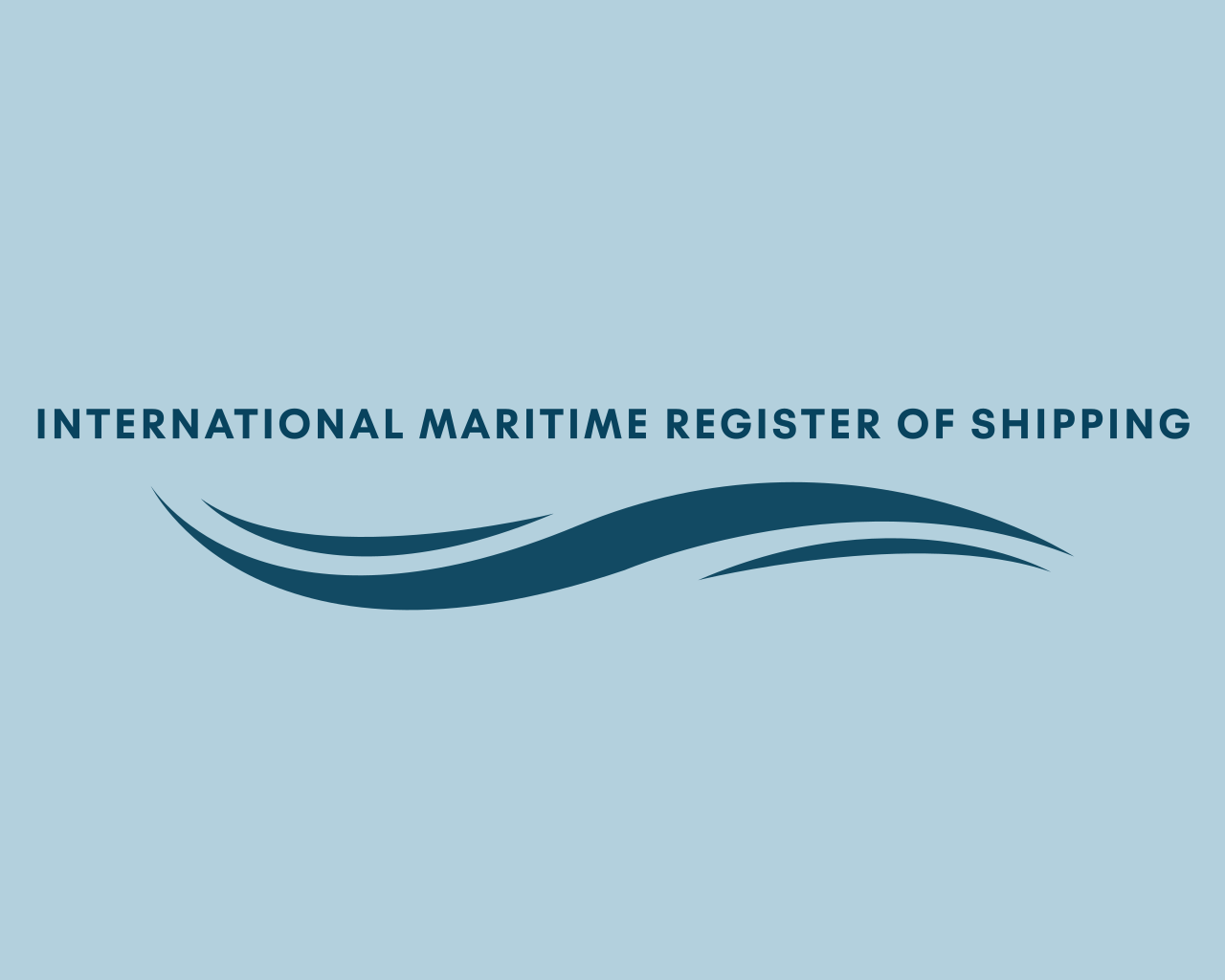International Convention On the Control of Harmful Anti-Fouling Systems on Ships, 2001
Statutory
The International Convention on the Control of Harmful Anti-Fouling Systems on Ships, 2001, entered into force on September 17, 2008.
Introduction: The International Convention on the Control of Harmful Anti-Fouling Systems on Ships, adopted in 2001, represents a pivotal step in addressing the environmental risks associated with anti-fouling coatings used on ships’ hulls. Aimed at curbing the adverse effects of toxic substances such as tributyltin (TBT) on marine ecosystems, this convention sets forth regulations to regulate the use of anti-fouling systems and promote the adoption of environmentally friendly alternatives. This essay examines the background, objectives, provisions, and significance of the Anti-Fouling Systems Convention in protecting marine biodiversity and safeguarding human health.
Background: The use of anti-fouling coatings on ships’ hulls to prevent the accumulation of marine organisms dates back to ancient times. However, the widespread adoption of organotin-based compounds, particularly tributyltin (TBT), in anti-fouling paints during the 20th century raised concerns due to their toxicity and persistence in the marine environment. Studies revealed that TBT and other harmful substances leaching from anti-fouling systems posed significant risks to marine organisms, leading to bioaccumulation, ecosystem disruption, and adverse effects on human health. In response to these concerns, the International Maritime Organization (IMO) initiated efforts to regulate anti-fouling systems through an international treaty.
Objectives: The primary objective of the Anti-Fouling Systems Convention is to eliminate the adverse effects of harmful anti-fouling coatings on marine ecosystems and human health. The convention aims to achieve this goal by:
- Prohibiting the use of harmful anti-fouling systems containing organotin compounds, such as tributyltin (TBT), on ships’ hulls.
- Regulating the application, reapplication, and removal of anti-fouling coatings to minimize the release of toxic substances into the marine environment.
- Promoting the development and use of environmentally friendly alternatives to organotin-based anti-fouling systems, such as copper-based coatings or non-toxic biocides.
- Facilitating international cooperation and information exchange to enhance awareness, research, and capacity-building in the field of anti-fouling systems management.
Provisions: The Anti-Fouling Systems Convention contains several key provisions aimed at achieving its objectives:
- Prohibition of harmful anti-fouling systems: The convention prohibits the use of anti-fouling systems containing harmful substances, including organotin compounds such as tributyltin (TBT), on ships’ hulls. This ban applies to both new and existing ships, with provisions for phasing out existing TBT-based coatings.
- Control and regulation of anti-fouling systems: The convention establishes requirements for the control and regulation of anti-fouling systems, including the approval and certification of alternative coatings, restrictions on the use of certain biocides, and measures to ensure compliance with regulatory standards.
- Monitoring and enforcement: The convention mandates flag states to monitor and enforce compliance with anti-fouling regulations through inspections, surveys, and other means. Port states also play a role in verifying compliance during port state control inspections.
- Reporting and information exchange: The convention requires parties to report on their implementation of anti-fouling regulations and share relevant information and best practices through the IMO’s Global Integrated Shipping Information System (GISIS) and other channels.
Significance: The Anti-Fouling Systems Convention holds significant importance for marine environmental protection and sustainable shipping practices. By prohibiting the use of harmful anti-fouling coatings containing toxic substances like TBT, the convention helps mitigate the adverse effects of marine pollution on biodiversity and ecosystem health. Moreover, by promoting the development and adoption of environmentally friendly alternatives, the convention stimulates innovation in the maritime industry and supports the transition towards greener shipping technologies.
Furthermore, the convention fosters international cooperation and collaboration among governments, industry stakeholders, and environmental organizations, facilitating collective action to address common challenges and achieve shared objectives. Through its provisions for monitoring, enforcement, and information exchange, the convention promotes transparency, accountability, and continuous improvement in anti-fouling systems management.
Conclusion: The International Convention on the Control of Harmful Anti-Fouling Systems on Ships, 2001, represents a significant milestone in global efforts to protect marine biodiversity and ecosystem integrity. By regulating the use of anti-fouling coatings and promoting the adoption of environmentally friendly alternatives, the convention contributes to the sustainable development of the maritime industry and the preservation of the world’s oceans for future generations. As the maritime sector continues to evolve, adherence to the principles outlined in this convention remains essential for achieving a balance between economic growth, environmental protection, and social responsibility in the shipping industry. Through ongoing cooperation, compliance, and innovation, the Anti-Fouling Systems Convention continues to advance the goals of marine environmental conservation and sustainable shipping practices on a global scale.
Under the International Convention on the Control of Harmful Anti-Fouling Systems on Ships, 2001, several certificates and manuals are issued to ensure compliance with the convention’s requirements and facilitate the proper management of anti-fouling systems. These documents play a crucial role in verifying that ships adhere to the regulations outlined in the convention and employ appropriate measures to prevent the use of harmful anti-fouling coatings. The main certificates and manuals issued under the convention include:
-
International Anti-Fouling System Certificate (IAFSC):
- The International Anti-Fouling System Certificate is issued to ships to demonstrate compliance with the requirements of the Anti-Fouling Systems Convention. It verifies that the ship’s anti-fouling system complies with the convention’s standards and does not contain harmful substances such as organotin compounds (e.g., tributyltin).
-
Anti-Fouling System Declaration (AFSD):
- The Anti-Fouling System Declaration is a document completed by the ship’s owner or operator to declare the type of anti-fouling system used on the vessel and confirm compliance with the convention’s requirements. This declaration is typically submitted to flag state authorities for verification and approval.
-
Anti-Fouling System Record Book (AFSRB):
- The Anti-Fouling System Record Book is a logbook maintained onboard ships to record essential information related to the vessel’s anti-fouling system. This includes details such as the type of anti-fouling coating applied, dates of application and reapplication, inspections, maintenance activities, and any incidents or changes in the system.
-
Manufacturer’s Declaration of Conformity:
- The Manufacturer’s Declaration of Conformity is a document provided by the manufacturer of anti-fouling coatings to certify that their products comply with the requirements of the Anti-Fouling Systems Convention. It verifies that the coating does not contain prohibited substances and meets the necessary performance standards for environmental protection.
-
Anti-Fouling System Maintenance Manual:
- The Anti-Fouling System Maintenance Manual is a document provided to shipowners and operators by the manufacturer of anti-fouling coatings. It contains instructions, guidelines, and recommendations for the proper maintenance, inspection, and care of the anti-fouling system to ensure its effectiveness and compliance with regulatory requirements.
These certificates and manuals serve as essential tools for shipowners, operators, manufacturers, and regulatory authorities to ensure the proper management and enforcement of anti-fouling regulations. By maintaining accurate records, adhering to certification requirements, and following recommended practices, ships can minimize the environmental impact of their anti-fouling systems and contribute to the preservation of marine ecosystems.

